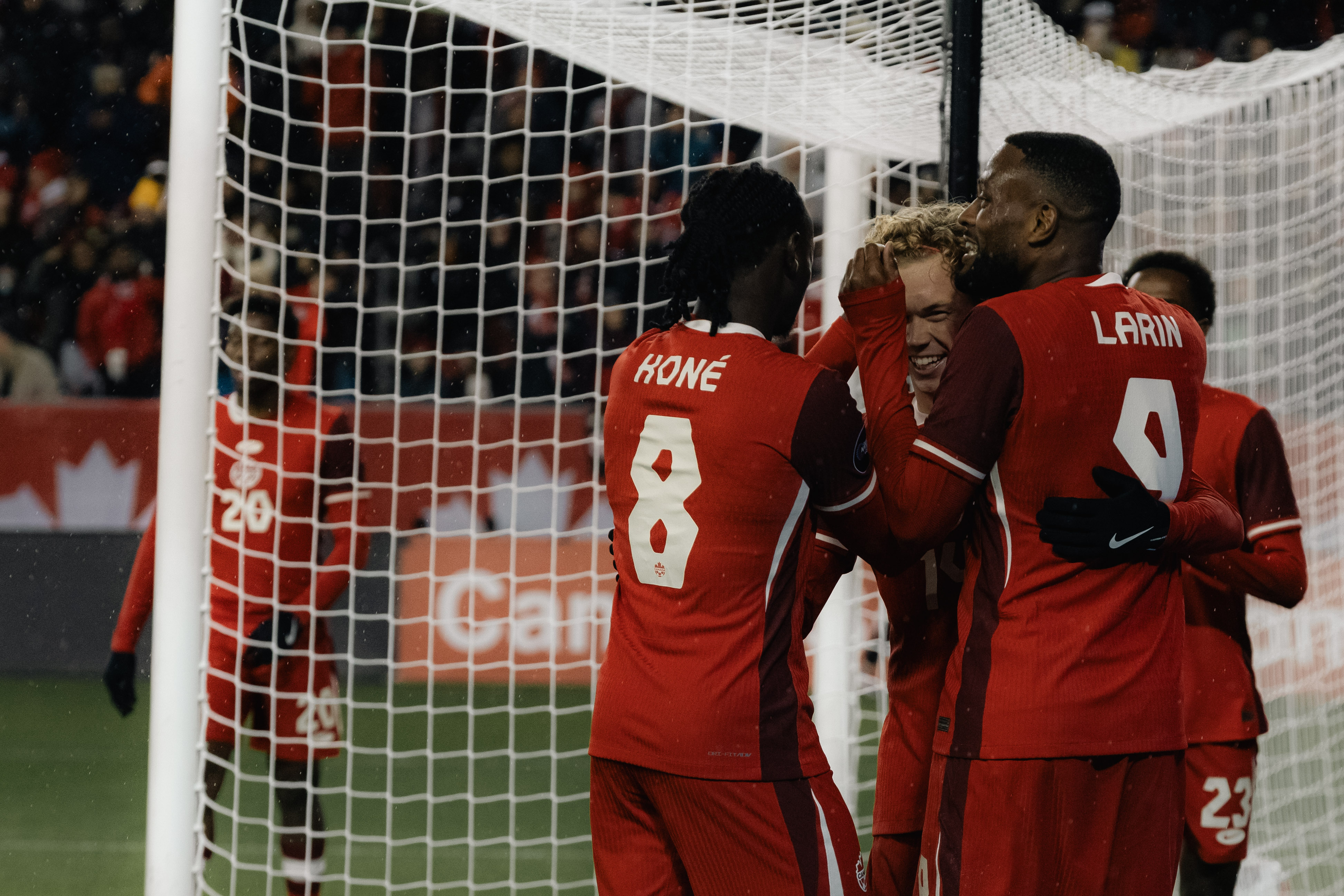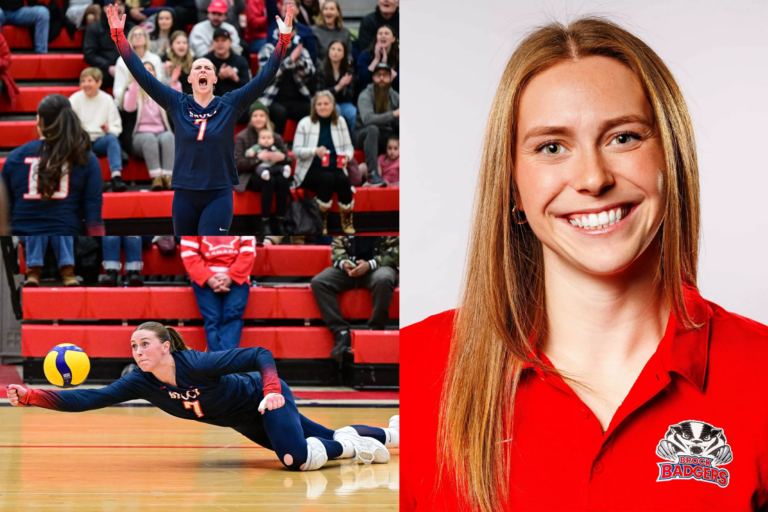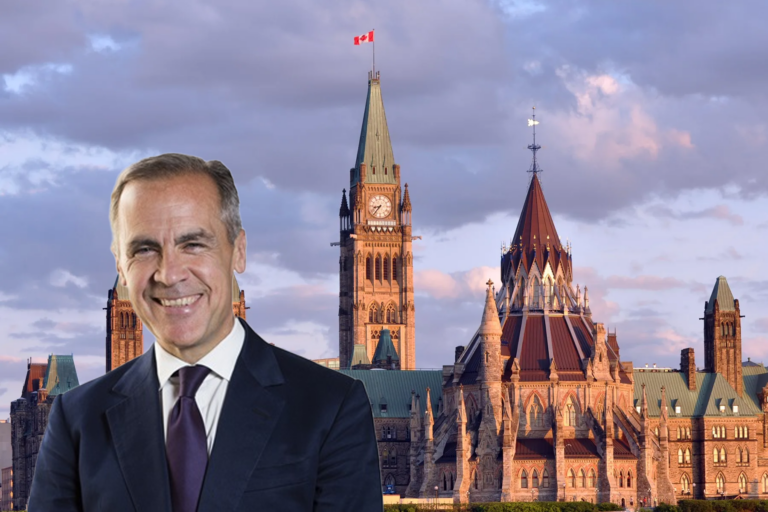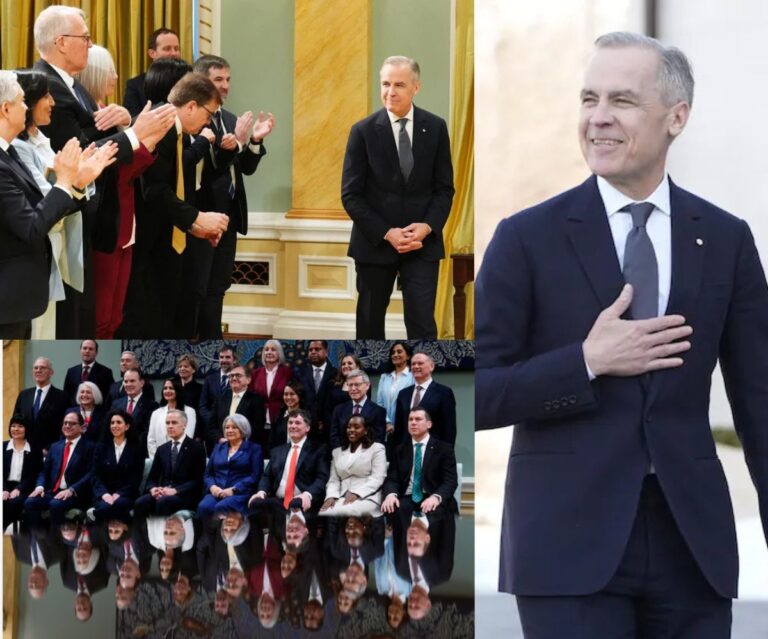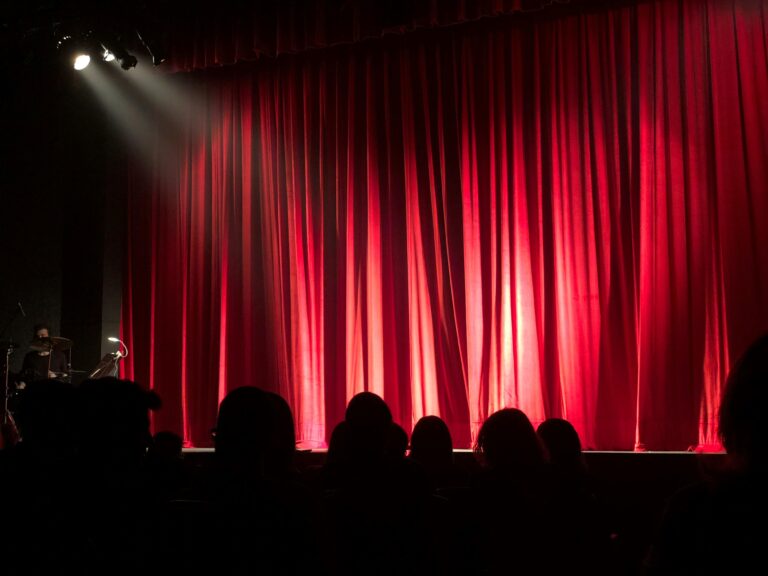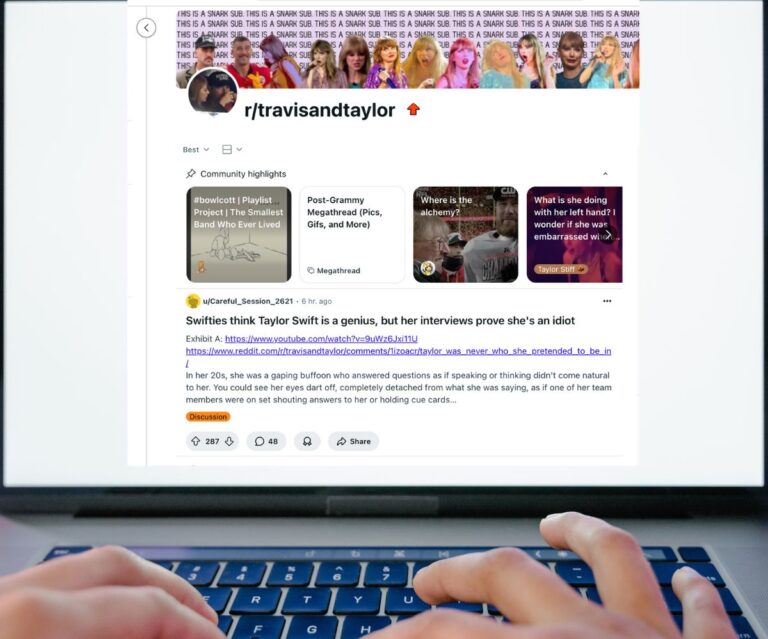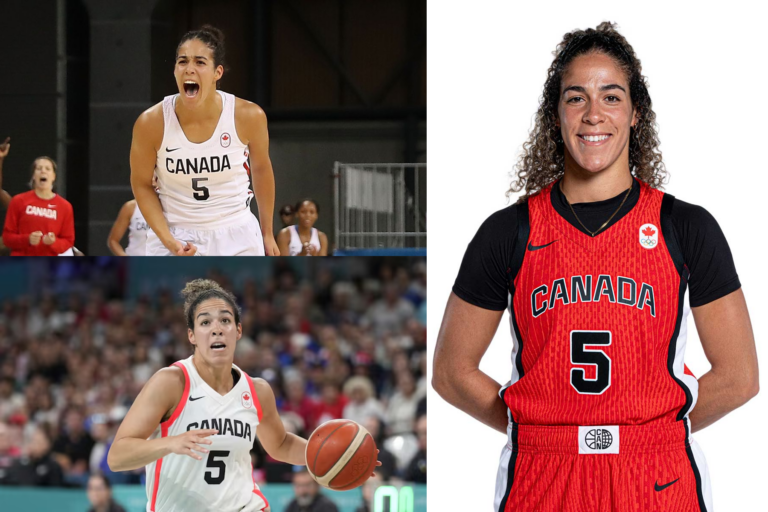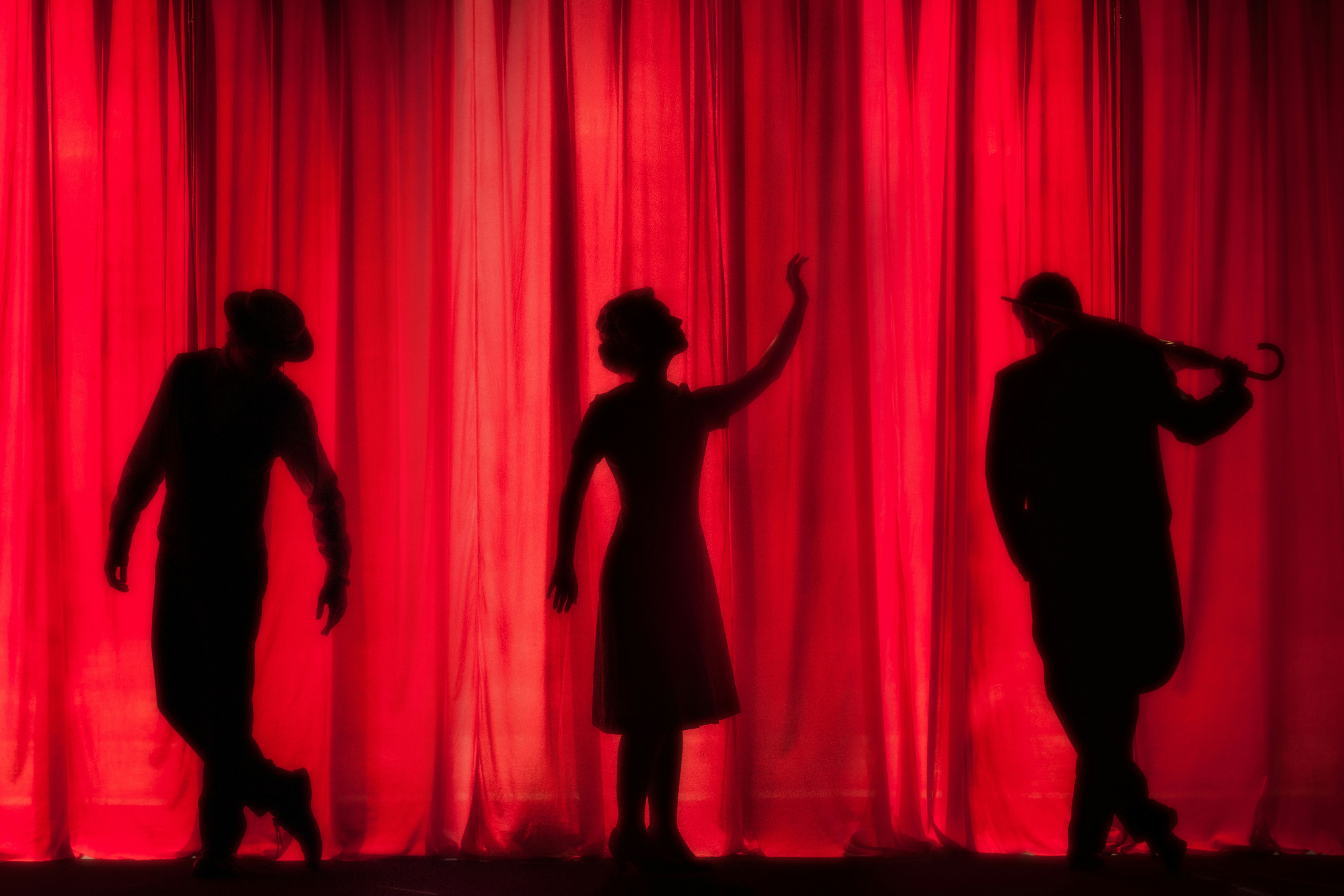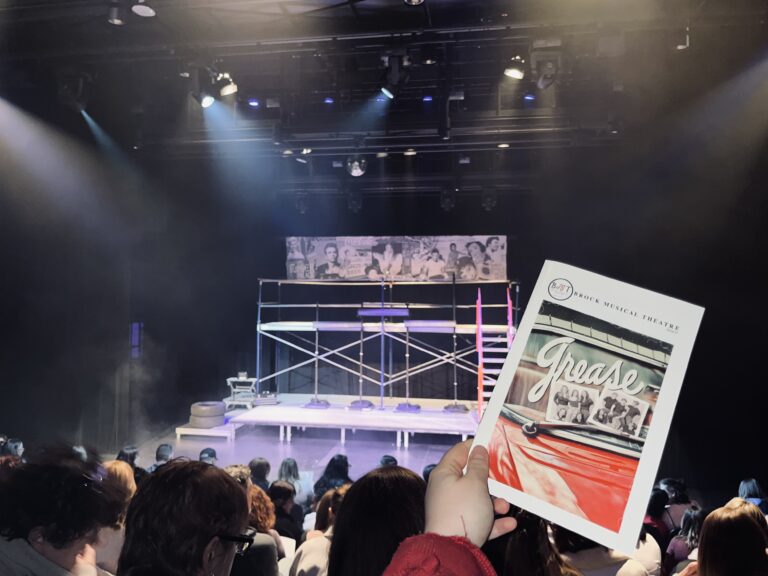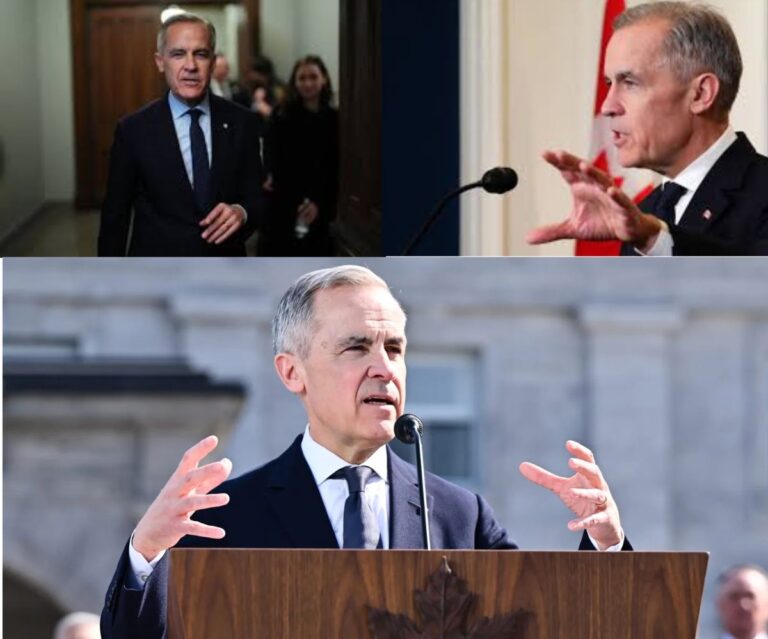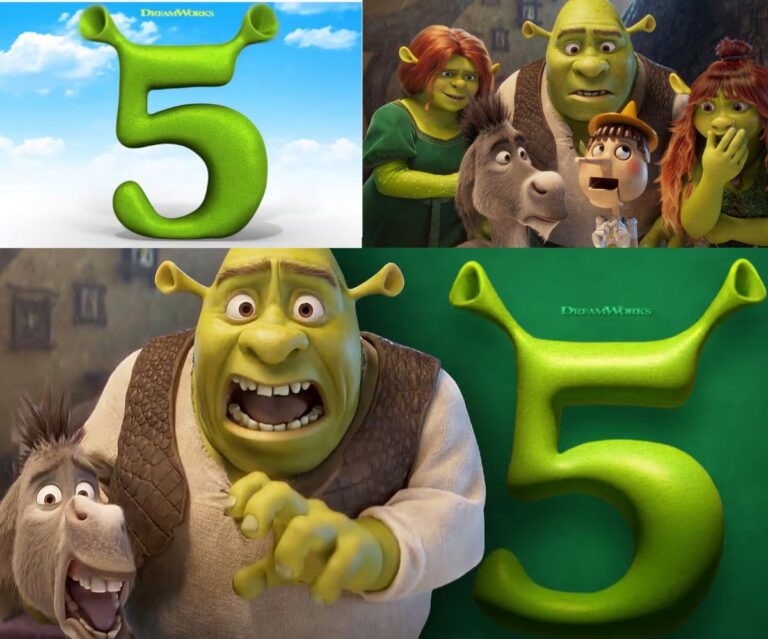With the end of the at-one-time weekly comedy podcast Cum Town recently being made official by its hosts, a reflection on its cultural significance and, as a fan, an ode to its unique comedic character seems past due.
The comedy podcast scene in 2025 is in a rough spot despite the space being more lucrative than ever before.
The Joe Rogan Experience’s glaze-fest of an interview with Donald Trump just before the 2024 U.S. presidential election was something of a microcosm of everything that’s gone wrong with the current pantheon of comedy podcasts. Namely, many of the highly popular podcasts trading in or near the mainstays of the Rogan Experience brand — masculine topics and interests, a comedic angle, loose conversation with no little editing or script-work — are simply turning into right-wing hubs for lukewarm comedians to pretend like they have an important voice and platform for exploring societal issues.
Chief perpetrators include Andrew Schulz and company’s Flagrant, Theo Von’s This Past Weekend and Tony Hinchcliffe’s live comedy podcast Kill Tony. All these comedians are united by a common enemy in something vague they call “wokeism,” which ranges from annoyingly over-sensitive university-campus politics by people with no actual power, to the elites of the Democratic Party.
The overall decline in comedic quality alongside explicit right-wing affiliations from the top names of the comedy-podcast sphere is, in one respect, a product of how popular the industry of podcasting has become. Finding an audience for a podcast if you already had a career in comedy is much easier now than even a few years ago. With podcasts being the most popular they’ve ever been, not only are popular podcasters losing touch with the average problems of people, but as a group of mainly rich dudes, they’re also starting to realize which party has their cultural and financial interests in mind (*ahem* Republicans).
All of this makes what I would argue is the funniest comedy podcast to have ever existed — which was itself one of the most popular podcasts in the world from roughly 2016 to 2022 — a fascinating cultural phenomenon to reflect on in an age of right-wing bro-style comedy podcast hackery.
And yes, the name of this podcast is Cum Town.
The impetus of this half reflection, half ode, is that the New York City-based comedian trifecta behind the absurd and raunchy podcast, Adam Friedland, Stavros Halkias and Nick Mullen, recently posted a series-concluding farewell episode of sorts in early March of this year. The episode was released on their Patreon page after the show took a two-year hiatus following Halkias stating publicly in 2022 that he had left the show.
The period of inactivity from the podcast coincided with Friedland and Mullen starting up another creative project in the anachronistically fashioned interview talk-show The Adam Friedland Show and Halkias going on to produce a comedy special, create his own podcast in Stavvy’s World and acted in a Netflix series.
Cum Town never dabbled in politics seriously at all, a fact that brought much amusement to the hosts when a piece in Vox attempted to say the podcast was an example of the socialist left’s misogyny problem. However, the Cum Town crew all supported Bernie Sanders’ presidential campaigns, and you can find audio of them all throwing out political affiliations that range from social-democratic to socialist.
The podcast was proof that comedy can be expressly offensive and raunchy, but that the sole point of testing the waters with offensive content was to make people laugh. Their being intentionally offensive had no intended political valence, unlike those in the Rogan-sphere, and this was one of the ways they made you laugh while not feeling guilty about laughing at things you absolutely could not bring up at work.
But beyond not being offensive out of some vague self-righteous feeling that by doing so one is attacking the ivory-tower politeness politics of a cretinous elite establishment, another unique part of Cum Town’s ability to make palatable some of their most offensive content was that said offensive content often had some absurdist premise built into it that subverted the distastefulness of joking about dark and taboo subjects.
I can’t think of a more concrete example of this than in their “Love Island But They Have Guns” bit, where the joke is that if a single gun was thrown into the rotation of the hit reality dating show Love Island, the male talent would be able to get whatever sexual favours they wanted out of the women on the show when it was their turn to have the gun.
Making what is, in essence, a rape joke, especially after the #MeToo movement, is not only incredibly taboo and risky, but often impossible not to make come off in poor taste. But as mentioned, the saving-grace of an absurd angle on this disturbing premise comes in the way the trio’s imagined lines of dialogue for the hypothetical show portrays the men with guns as inconsistently aware of how their possession of a firearm is the sole cause of any sexual act that happens on their date. At one point, Mullen in a himbo tone pretending to be a male contestant says: “I ended up getting head from Samantha last night. I don’t know if it was because of the gun, but I’m glad I had it.”
While not as outright taboo as that bit, another pertinent example on this point is the beloved “Liberal Elmo” bit — a hilarious five-minute riff on the self-righteous, super egoic and hypocritical tendencies of the type of liberal that major partisans of the Rogan-sphere would describe as “woke.”
The bit’s premise is that an interpolation of Elmo where the puppet, who is “socially conscious” but only for aesthetic reasons, discovers his Black neighbour Gordon has been evicted because taxes on the brownstone apartment he lives in got too high. The social justice warrior Elmo then proceeds to both express an over-the-top concern in making sure Gordon knows he’s hyper-aware of the issues surrounding African Americans while also opportunistically thinking of ways to use the new space made available by his eviction, thinking out loud about creating a podcast room all the while policing or ignoring Gordon’s opinions when they differ from his:
Elmo [Mullen and Friedman]: Gordon, I totally get it. I went to all the [Black Lives Matter] protests last summer, you know? I am on your side. We really made a difference for those three days.
Gordon [Mullen]: It’s really not that simple Elm—
Elmo [Halkias and Mullen]: You know what, I’m kind of tired of talking about this. Can’t we just all move on?
As the bit goes on, it sketches out more hilarious angles on the contradictory complexes unique to this type of liberal, with the most consistent throughline being how unconscious racism and fear of the other is projected through paternalistic over-attentiveness to educating minority groups and being perceived as knowing lots about their specific societal plights.
A standout moment in this vein is when all three comedians as Elmo unload a set of mini punchlines in Elmo laying down ground rules for the now homeless Gordon:
Elmo [Friedland]: Just because I want to defund the police, doesn’t mean I won’t call them on you.
Elmo [Halkias]: If I hear Bachata music playing too loud, too late into the night, I can still call the police.
Elmo [Mullen]: I called, but I requested a social worker. I told them I thought you were mentally ill… for letting your dog bark… after 7 p.m.”
Note how the bit makes Gordon a completely sympathetic character as his struggles relate specifically to being a Black American. Mainly, he is evicted from a brownstone that his family has lived in for “generations” due to White gentrification, of which Elmo is clearly implied to be demographically a part of. Moreover, by the bit’s end, Gordon is unjustly arrested by the police who are called on him by Elmo when Elmo causes a scene after finding out Gordon’s granddaughter doesn’t have a permit for her lemonade stand. Amid Elmo making a stink about his granddaughter’s lemonade stand, Gordon asks, “Why are you doing this?” to which Elmo responds:
Elmo [Mullen]: Honestly, your tone and the way you’re asking me, “Why are you doing this?” is frightening me, and now you’re leaving me very little option other than to call the police…
Ideologically speaking, because I’m a good f*cking person, I don’t want to do it. But push comes to shove — I already did.
I requested that they only bring tasers and a social worker, and if they don’t, it’s already out of my hands…
Elmo [Friedland]: I’ll film it, in case you need it as evidence.
While hilarious, the bit has an implied critique of identity politics without erasing genuine problems that African Americans face in the States. Add on that absurd angle with the annoying SJW-type of liberal being the beloved star of Sesame Street, and you’ve got a comedic bit that, if anything, is a critique of lefty traits from an implicitly further left position instead of a right one.
But like I said, the podcast wasn’t political, and political undertones weren’t even a highly prevalent aspect of the show. The actual parts of it that made it great were more specific to unique aspects of the inter-dynamics between its hosts.
Despite the secret formula of the podcast being ultimately the jigsaw social dynamics between the three comedians where Friedland is the quivering heel, Halkias the loveable everyman and charming conversationalist, and Mullen the enigmatic and borderline-sociopathic mind that seemingly rubber-stamps anything that comes to it with the absurdist gallows humour of previous mention — Mullen really was the star of the show.
Friedland recently described Mullen as an “evil genius” in an interview during a reflective moment on the podcast. I can’t think of a more fitting descriptor for the Baltimore native who dropped out of high school to start doing comedy in his teens.
As the creative producer of the podcast and the obvious steering genius of it, Mullen’s stream-of-consciousness bits and riffs had the charming quality of not being contrived at all. It’s apparent that Mullen’s mind amazingly and somewhat terrifyingly just works like that.
A highlight in this respect is when in the middle of some standard conversation on an episode, Mullen spur-of-the-moment starts an 11-minute riff on what kind of dad he would have been if instead of choosing the precarious lifestyle of being a stand-up comedian, he had settled down to have a family instead.
Here’s how he sets the scene of this alternate reality with Halkias acting as his dialogic wingman:
Mullen: Me in the garage for like nine days, I just walk in [the house] completely nude with an owl perched on top of my head and I go in the fridge and I eat some bologna; I’m like, “Oh yeah hey…”
“What’s up… what’s up family!’
Halkias: Your seven-year-old daughter [is like], “Hey Nick, could you drive me to school today?”
Mullen: They’re all taller than me; all of my children are like 6’3, 6’4, I’m just, my penis is hanging out, there’s just a f*cking giant barn owl like digging its claws into my head, there’s blood pouring down.
I’m like, “You guys having a good time at school?”
They’re like, “It’s July.”
I’m like, “Cool cool cool, nice nice… All right, I’m going to be out in the garage, see you guys at Christmas, I guess.”
And that’s just the beginning. By the bit’s middle act, the nudist, garage-dwelling, owl-scarred, deadbeat-dad Mullen is found dead, a week-and-a-half after the fact, in his garage by his family, including his wife’s boyfriend who we learn supports them all financially. They discover his body in full unitard with one of his legs jammed in the springs of a trampoline because of a failed attempt to teach himself Olympic gymnastics.
Another key ingredient to Mullen’s magnetism as a host came from being a gifted raconteur whose personal anecdotes were often like the fictitious bits he comes up with in their macabre-morose-tinged absurdity.
Standouts in this department include: his haunting description of the nightmarishly packed Chinatown apartment he lived in alongside three generations of a Chinese family where the parents slept in the kitchen pantry and a random guy lived in the antechamber, and which nearly burned down while he was in it; when after a Mexican landlord had shown Mullen a room he was interested in, the landlord revealed to Mullen that his girlfriend had just broken up with him by beckoning to a painting of the moon he had painted for her which was sticking out of a trash container just outside and which sent the now torrentially tearing landlord embracing towards a confused Mullen’s shoulder; when after Mullen’s shifts working at a call centre he would go home, get drunk on his porch, and then proceed to prank call that same centre using his inside knowledge to his advantage in stringing along his co-worker victims.
While Mullen’s almost Lynchian knack for finding twisted angles in the profoundly banal may come at the cost of some interpersonal and personal collateral damage (for proof of the former, see the time he actually upset Halkias on an episode to the point of making him leave a recording or when he had a random near-manic outburst at Friedland; and for proof of the latter, the fact that he seemingly can’t tell the difference between the best and worst days of his life) — he was the comedic glue that held the podcast together.
But glue has to hold something together to be useful, and, again, the inter-dynamics of the three comedians was that essential composite that formed the magic of Cum Town.
As exemplified in the deadbeat-dad bit, Halkias, for his part, was exceptionally gifted at quickly sensing whatever comedic angle Mullen was homing in on at the drop of a hat and throwing kindling to the fire with setups and tags that often would elevate Mullen’s initial premise to pure comedy gold. Observe, for another example, the way Halkias instantaneously becomes the curious-kid foil when Mullen spontaneously concocts a bit about a Holocaust-denying Bill Cosby who hosts a show called “Kids Say the Most F*cked Up Sh*t.” The bit shows how nimbly proficient Halkias was at assisting Mullen’s comedic layups.
Friedland is another story. In his own words: “I was on a moronic podcast, and I was a nebbish-y heel. People called me a bug, and I had to tell my parents that’s how I made money.” Don’t let this self-evaluation fool you, though; Friedland’s positions as bully-bait and arch story– and bit–derailer was an integral part of the podcast’s identity, producing some of the funniest moments and memes across the Cum Town corpus.
For one thing, Friedland’s relegated comedic position on the podcast had an incredible community-creating effect through a set of memes related to his unique heelish qualities still circulating in the fanbase to this day. It is hard to find a comment section under Cum Town clips online without seeing fans giving ESPN-esque analyses on how Friedland derails a particular moment, messes up a bit, or is trying and failing to be cool. The flip side of this is true as well; for the rare moments where Friedland positively contributes to a bit, it is often commented on by fans in a hyperbolically celebratory way.
If this sounds harsh — and frankly it was — there’s some solace to be taken in that Friedland has had something of a redemptive arch to his career as of late with respect to the standardized abuse he took on Cum Town. He essentially alchemized the same traits that made him a punching bag on the podcast into being the comedic backbone of his ongoing internet talk show The Adam Friedland Show.
On TAFS, Friedland leans on his pitiable heel-ish traits and conversation-derailing abilities to create incredibly funny moments through conversational corks that are highly contrasting to the show’s pretenses to providing PBS-style informative interviews. The aesthetic and formal qualities that the show has which are befitting of serious late-night talk shows, from a carpeted Cavette-esque studio and pre-interview monologues to theatrical lighting sequences and end credits, end up forming something of a Trojan Horse for Friedland’s silly, out-of-field conversational punchlines which he delivers on his disparate celebrity guests (Neil DeGrasse Tyson, Chris Cuomo, Norman Finkelstein).
But despite the show’s wool-over-the-eyes aping of a late-night talk show format to give punch to Friedland’s hilarious out-of-field topic swerves, he still pulls interesting personal, informational and genuinely heartfelt moments out of his guests. But I digress.
Friedland was just as essential to Cum Town’s success as his podcast mates, the only difference being that his appeal came from being able to roll with the punches rather than what he chose to do for the most part. Nothing testifies to this more than one of Friedland’s defining moments on the podcast, a moment that will forever be in the annals (pardon the potential pun) of Cum Town’s greatest hits: when he defecated in his pants in the middle of recording an episode by accident.
The last thing I want to note about what made this comedy podcast a gem was its commitment to maintaining low-quality production value.
Even when the podcast started earning over a million dollars a year through membership fees, this was never reflected in experimental video content, planned high-budget segments or anything of the like. Not only that, but the three seemingly refused to do ad reads correctly, causing much laughter from fans despite the risk of losing sponsors.
In fact, one of the biggest technical additions that came to the show during its financial zenith was a soundboard app programmed by Mullen. And with this new technological implement on the show, Mullen used it to, well, make a joke about Halkias being replaced by using soundbites of his voice to make a “Stavbot,” as well as, on another occasion, putting Friedland in a “box” by placing an echoey-muted sound effect over his mic feed to make him unintelligible. Yup, that’s it.
It was an unabashedly amateur and bare-bones podcast from a technical standpoint for its seven-year run, but its charm relied on that aesthetic — anything else would have diminished their comedic product.
Cum Town was ultimately a brilliant podcast because, beyond the breaming talent between its three hosts, its sole focus was making people laugh. It stands in stark opposition to bro-ish comedy podcasts today because its hosts are genuinely relatable people who don’t see how what they joke about is connected to coddling the rich, ignoring the issues minorities face and thinking universal healthcare is a slippery slope to communism.
—
Now, I can’t think of a more appropriate way to close this ode out than an honourable mentions list of some of my favourite, as well as fan-favourite, moments from the podcast that weren’t already highlighted.
Enjoy:
The time the boys sported their theatre hats as The Cum Town Players and created a 20-minute audio-exclusive interpolative play on To Kill A Mockingbird where the saga ends in a canonically-similar high-stakes trial, except this time “Atticus Mullen’s” final realization in front of the court is that the American South’s racism was premised on a grand error of the eye. The problem, he decrees, was in thinking Black people were, um, scary ghosts from, uh, “ghost town.” “Case closed!” Atticus Mullen states emphatically after his epiphanic realization before a British-takeover twist takes the play into boyish absurdity.
All of Nick’s best characters and accents: Mershon, the Iranian high-general assassinated by Trump whose voicemail recordings were leaked and through them it was revealed that he had extensive correspondence with a close contact about his doctor’s reports that he had a micropenis; pedophile Anton Chigur from No Country for Old Men; the “Nigerian Shark Tank” guest where one of his genius ideas is a door on wheels with a slogan of “you can be a door man even at the beach”; Don King as a defence attorney for Derek Chauvin who tries to get him to learn Chinese to make him appear culturally sensitive in front of the jury; Mullen’s rewriting of The Confessions of St. Augustine; Indian Star Trek; and the classic Cool Adam.
The time Halkias accidentally said “thousand-island stare” instead of the proper expression of “thousand-yard stare,” causing Mullen to pounce like a jaguar for the jugular.
The time the boys made up a scenario where young Ben Shapiro is molested by Boy Meets World’s Mr. Feeny after winning a meet-and-great competition, the details of the assault explaining both Shapiro’s knack for argumentation as well as his high-pitched voice.
The time the boys had a legendary argument about how many Costco samples you can take, and, by extension, whether Costco can be considered a catered event or not.
And, of course, the best moments of the soundboard era.
A special thanks to @saulfr, or saul on YouTube, for his original animations of moments from the podcast, many of which are linked in this article for the bits I mention.


